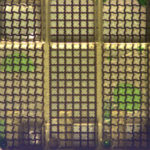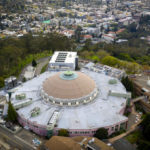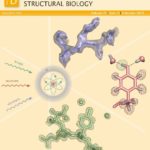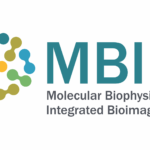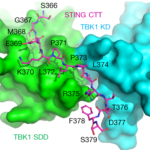Berkeley Lab is part of a multi-laboratory working group that recently received DOE Office of Science funding under the Coronavirus Aid, Relief, and Economic Security (CARES) Act to conduct R&D to help improve the nation’s COVID-19 testing capabilities. Three of our Biosciences Area researchers are helping to lead the Lab’s efforts.
Staff at ALS Mobilize to Support COVID-19-related Research
On March 31, a small team of staff at Berkeley Lab’s Advanced Light Source (ALS), which produces beams of X-rays and other types of light to support a wide variety of experiments for researchers around the world, launched several COVID-19-related experiments for other scientists who controlled the work remotely. X-rays allow researchers to map out the 3D structure of proteins relevant to diseases at the scale of molecules and atoms. Structural studies can lead to drugs that target and attack the virus while leaving other vital systems intact, for example, or that can otherwise improve the body’s defenses against the virus.
Paper Summarizes Major Tools, Recent Developments in Phenix
Researchers at Berkeley Lab and their collaborators who work on the Phenix software suite have published a new paper that summarizes how to determine three-dimensional macromolecular structures from three experimental methods: X-ray crystallography, neutron diffraction, and electron cryo-microscopy (cryo-EM). The article appeared in the journal Acta Crystallographica Section D: Structural Biology and is featured on the cover of the October 2019 issue.
MBIB Leadership Changes Announced
Molecular Biophysics and Integrated Bioimaging (MBIB) Division Director Paul Adams has announced a number of changes in the Division leadership, effective October 1. Earlier this summer, Corie Ralston agreed to serve as the Interim Director of the Molecular Foundry’s Biological Nanostructures Facility. She will step down as MBIB Division Deputy and remain as the Head of the Berkeley Center for Structural Biology (BCSB) at the Advanced Light Source (ALS).
BCSB Helps Elucidate Mechanism of Innate Immune Response
The crystallographic study of STING (stimulator of interferon genes), a transmembrane protein that plays a key role in innate immunity, in complex with TBK1 (serine/threonine-protein kinase), an enzyme that regulates the inflammatory response to foreign DNA, is extremely challenging due to weakly diffracting crystals. But thanks to the expertise of Berkeley Center for Structural Biology (BCSB) scientists, researchers from Texas A&M University (TAMU) were able to pinpoint the conserved motif of STING that mediates the recruitment and activation of TBK1. They published their results in Nature.
- « Previous Page
- 1
- …
- 3
- 4
- 5
- 6
- 7
- …
- 9
- Next Page »
Was this page useful?


